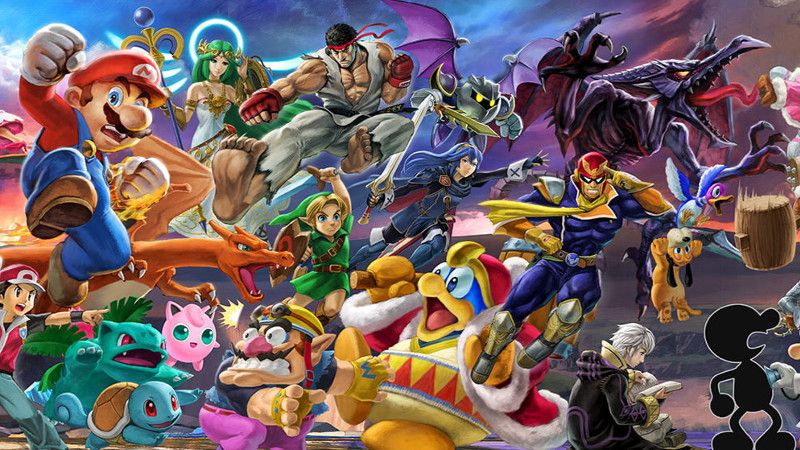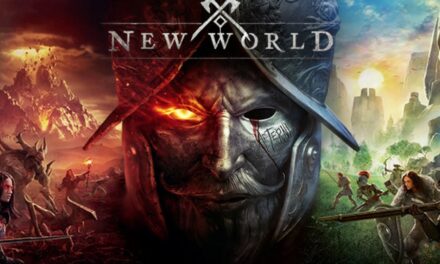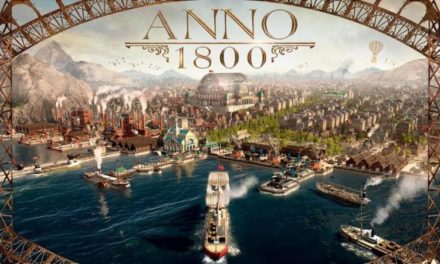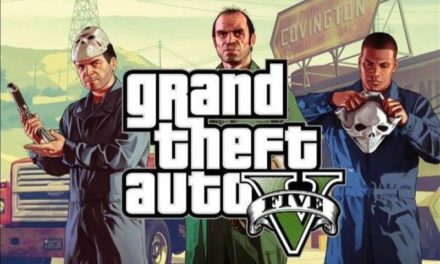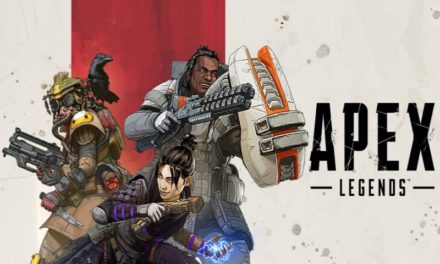The Premise
When the World of Light is suddenly attacked by a powerful entity known as Galeem, 74 heroes of many franchises including Mario Bros., Zelda, Final Fantasy and Pokémon, band together to protect the world. They find themselves facing Galeem’s army of disembodied hands. Unfortunately, the hands weren’t what they seem and suddenly transform into beams of light that connect to Galeem’s main body. These beams attack each fighter, ad penetrate each of them, thereby rendering them unconscious and imprisoning them in an unknown location.
Each fighter is kept in now being kept in an unconscious state, so that Galeem can clone their forms into powerful puppets. With the vanguard captured, Galeem continued to send out its ands to imprison the spirits of other heroes from the Nintendo world. It now compels these spirits to control its puppets in order to subjugate the rest of the universe to its will. One lone hero, Kirby, managed to escape the attack and is now tasked with defeating the puppets, thereby releasing the imprisoned spirits and enlisting their assistance to defeat Galeem. Once defeated, the fighters and spirits can be restored, and the universe will be saved. And so, the adventure begins!
Gameplay
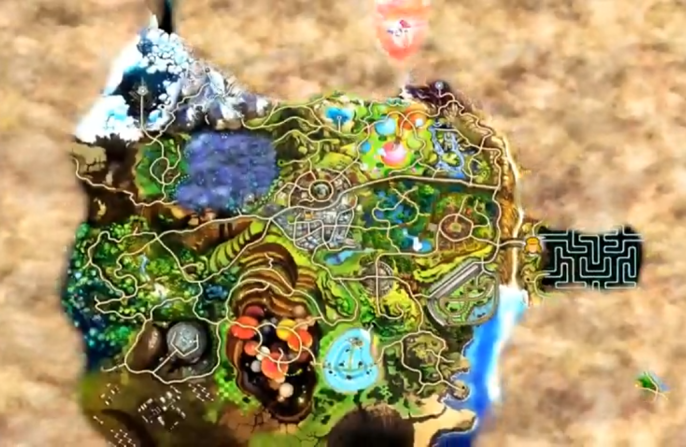
Super Smash Bros. Ultimate’s adventure-arc takes place in the newly transformed ‘World of Light.’ It is a solo RPG-style adventure where the player slowly moves to different locations on a map. Each location is inspired by the various worlds of the main fighter characters, thereby having its own feel, stages and puzzles for the player to explore and fight through. As the progress, they will unlock new fighters, a selection of 1,300 spirit characters and other rewards, as well as unfurling more elements of the overall story. They can choose whether they would prefer to play AI or other players in each new battle, aside from the Boss fights. They can also choose from over 800 background tracks.
As they progress, they will gain more experience to level up, as well as other items and coins. Their experience will allow them to progress along the skill tree, where they will be able to choose new skills provided that they branch off from their existing skillset. They can also use their coins in stores to buy new items and Spirits are used to provide a player’s fighter with buffs and extra abilities and can also be levelled up. Spirits can also be sent on quests by Master Spirits, which can lead to them finding items for the player’s fighter. Players can switch between their unlocked fighters while on the map. However, if a player loses an encounter that particular spirit that they could have acquired will be lost to them for that adventure.
Unlike other games where damage dealt slowly reduces the fighter’s health to zero, Super Smash Bros. Ultimate has a damage counter that increases the percentage dealt to the player’s character. The higher the percentage of damage dealt, the further off the stage the player’s fighter can potentially be hurled. If they are hurled too far, their fighter may not be able to return to the stage, and the opponent will win the match. Furthermore, players can also temporarily float on the air and propel themselves back to the stage, provided that they weren’t launched too far from the stage.
Whenever fighters fight against opponents, they also earn spirit points. These points can be used to purchase spirits, snacks and other useful items to help your fighter progress in their journey.
Characters
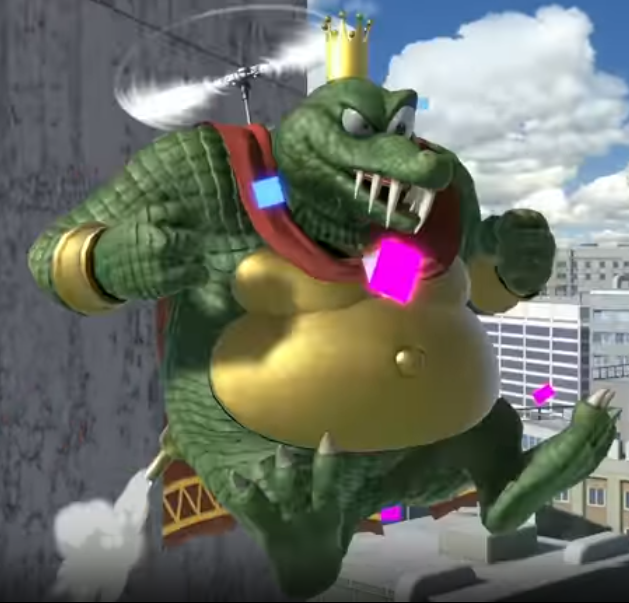 Super Smash Bros. Ultimate features 74 playable characters each with eight skin options. 11 of the characters are new to the franchise, namely: King K. Rool (Donkey Kong); Incineroar (Pokémon); Ken Masters (Street Fighter); Inkling (Splatoon); Chrom (Fire Emblem); Isabelle (Animal Crossing); Princess Daisy (Super Mario); Ridley and Dark Samus (Metroid); and Richter Blemont and Simon (Castlevania). Initially, players will only have access to eight characters, with one new random character being unlocked after every ten minutes, or single match, of gameplay. Each character has some unique skills and abilities, such as Pit’s bow and arrow weapons, and Bowser’s ability to being gigantic for long enough to land a single high-damage punch. Additionally, some characters, such as the Pokémon Trainer and Inkling have both male and female versions.
Super Smash Bros. Ultimate features 74 playable characters each with eight skin options. 11 of the characters are new to the franchise, namely: King K. Rool (Donkey Kong); Incineroar (Pokémon); Ken Masters (Street Fighter); Inkling (Splatoon); Chrom (Fire Emblem); Isabelle (Animal Crossing); Princess Daisy (Super Mario); Ridley and Dark Samus (Metroid); and Richter Blemont and Simon (Castlevania). Initially, players will only have access to eight characters, with one new random character being unlocked after every ten minutes, or single match, of gameplay. Each character has some unique skills and abilities, such as Pit’s bow and arrow weapons, and Bowser’s ability to being gigantic for long enough to land a single high-damage punch. Additionally, some characters, such as the Pokémon Trainer and Inkling have both male and female versions.
The Piranha Plant from Super Mario will be available when its ready to all those who bought the game and registered before January 31, 2019. The only other announced DLC character at this point is Joker from Persona 5.
Fighting Modes
 Players will be immediately be able to choose from all 103 battle stages, with no need to unlock any of them. All matchmaking made in the online mode is done according to the players’ regions in order to speed up the matchmaking time. As with other fighting titles, matchmaking will also be calculated to ensure that there are no duplicate fighters on a single battlefield. Each stage an be tweaked to accommodate both weaker and more experienced players. Nintendo’s network also takes each player’s Global Smash Power (GSP) into account as well, so that players will be matched with opponents of similar rank.
Players will be immediately be able to choose from all 103 battle stages, with no need to unlock any of them. All matchmaking made in the online mode is done according to the players’ regions in order to speed up the matchmaking time. As with other fighting titles, matchmaking will also be calculated to ensure that there are no duplicate fighters on a single battlefield. Each stage an be tweaked to accommodate both weaker and more experienced players. Nintendo’s network also takes each player’s Global Smash Power (GSP) into account as well, so that players will be matched with opponents of similar rank.
Certain stages and settings allow for extra randomized elements to spawn on the stage. This can include switching between two stages, as well as AI characters suddenly joining the fray.
Classic
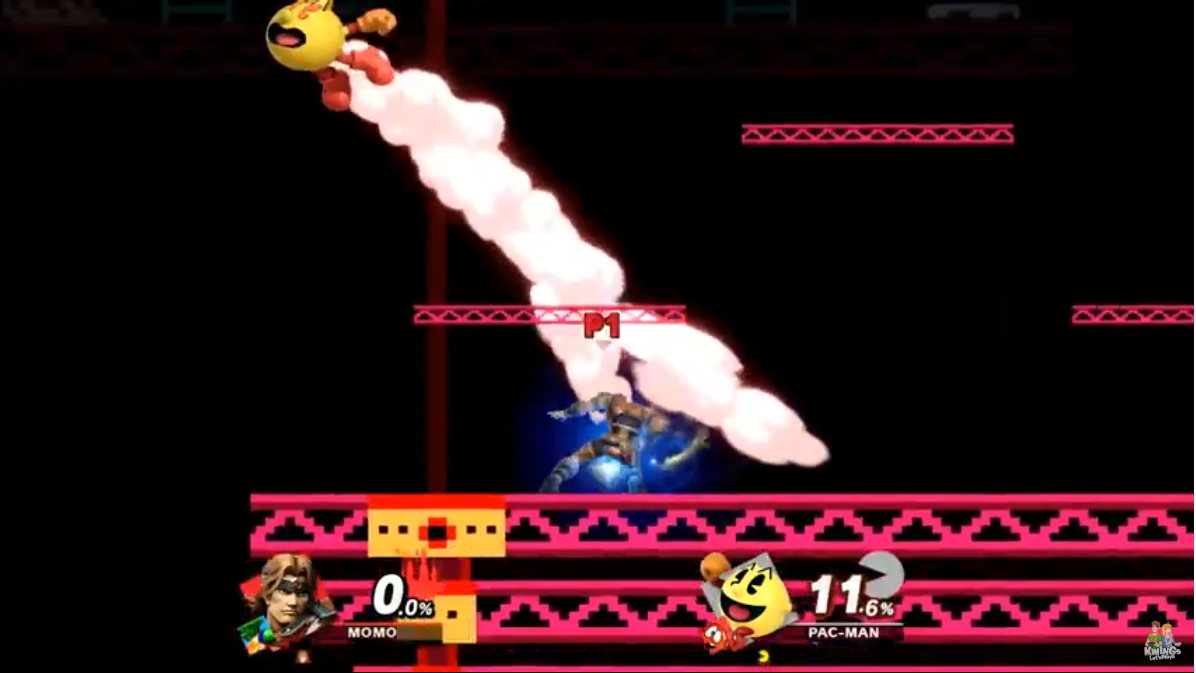
This is the regular 1vAI fighting mode. Will set the difficultly and then play against AI characters in a set number of rounds. Players will face between 1-3 AI fighters per round before facing the final boss. There are also occasional extra mini-games thrown in that allow players to collect bonus points. Each fighter comes with their own set of stages and opponents, allowing for diversity and replayablity.
Smash Down
This is an 8-player FFA mode where the players vote to set the stage and rules themselves. The basic rule set though, is that every player has to choose a different fighter. Those fighters are then disqualified from further play. Each time a fighter is defeated, they player can select another fighter that has not yet been selected. The winner is the player with the last undefeated fighter.
Squad Strike
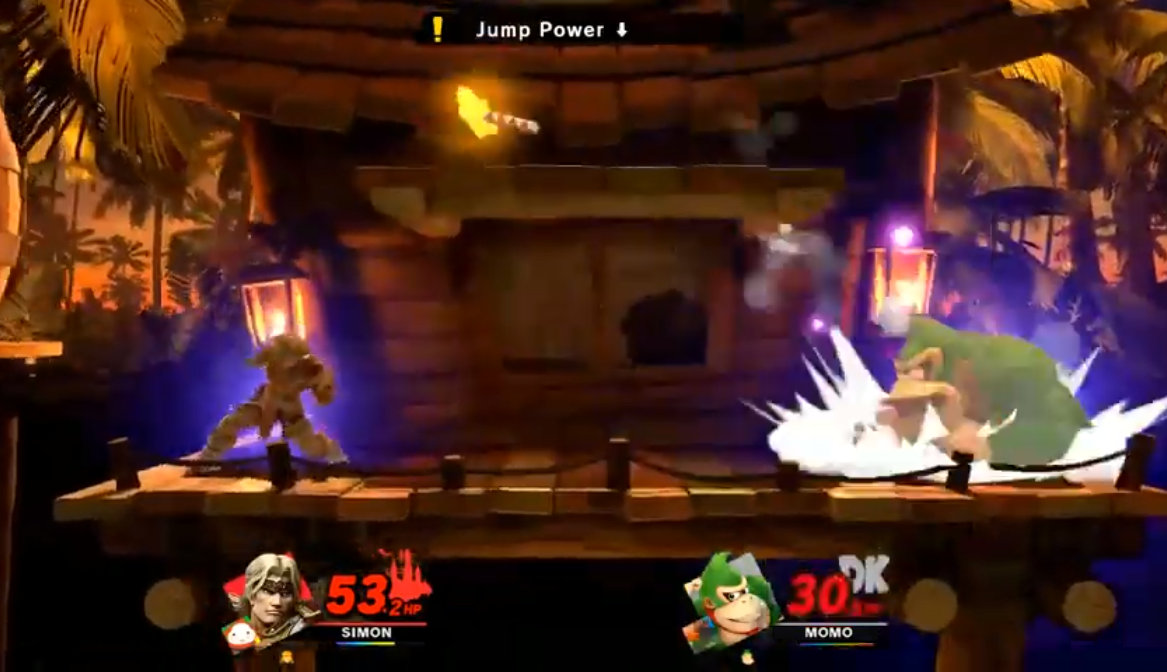
This mode allows for either 3v3 or 5v5 fighter matches. Players can either play with a lineup of three characters to play solo or can select one fighter to play as part of a team. There are three sub-categories, Tag Team, Elimination and Best Of. Players can also choose a randomly generated fighter on their line-up, as well as repeats of the same character.
In Best Of, each teammate takes a turn against an opponent from the opposing team. Whichever team wins either the best 2 of 3 or 3 of 5 matches, wins. 2 minute 30 second time-limit. When one fighter wins, it is not carried through into the next match. Each match is stand-alone, with whichever player winning the majority of matches first being the overall winner.
In Tag Team, players stay each team selects a starting player, with that player only being switched out when defeated by an opponent. In this mode, players pre-select the order that their fighters will appear in. The match is therefore continuous, wit the only break occurring when an ultimate winner has been determined. Tag Team has no time restriction. Elimination is exactly the same as tag-team, except that there is a 2 minute 30 second time-limit attached.
Tourney
This is a tournament mode for up to 32-players. Players will randomly be placed in 1v1 matchup brackets, with the victor progressing to the next bracket until the final two finally face off to determine the overall victor. The total number of competitors will need to be even. The Nintendo system will generate the brackets o the players’ behalf.
Training
This mode allows players to accustom themselves to different fighters by enabling them to fight against CPU characters against a numbered grid background. This will allow players to get a more accurate sense of jump and launch distance, as well as attack capacities while they train.
Mob Smash
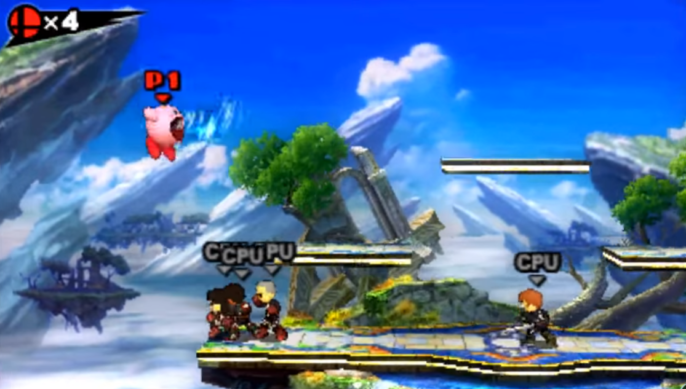
This solo-mode pits the player against a series of AI-generated opponents for their fighter to send out of the arena. Each match will be timed, so that the player can attempt to beat both their high-score and number off opponents that they defeated. There are three sub-modes:
-
Century Smash
This mode slowly releases a hundred weak AI opponents for the player’s fighter to play against. The goal is to permanently knock them all off of the stage. Every 24 opponents, an all-star opponent will appear, which is significantly tougher than the other opponents.
-
All-Star Smash
This mode pits the player against the main-fighter characters. The player will fight against four of them at once, with a new character being released to replace any opponent that the player successfully knocked out. opponents that are controlled by the AI. This mode is more difficult than Century Smash.
-
Cruel Smash
This is the most difficult sub-mode, with the player fighting against 2-4 simultaneous AI opponents.
The Different Editions
Digital and Retail Edition
These offer access to the same game and gaming experience, with the only difference being that the retail version needs to be registered online for the player to gain access to the Piranha plant when it is ready.
Fighters Pass
The Fighters Pass can either be purchased as part of a bundle with the Digital Edition or as a separate expansion. Over the course of the next year, Nintendo plans on releasing five new Challenger Packs of DLC, each comprising of a new fighter, stage and music tracks. The fighters pass will gain players automatic access to thee packs as they’re released, with an extra bonus costume for Rex (Xenoblade Chronicles 2.) Alternatively, players can wait to see whether they’re interested in the new content and purchase each Challenger Pack individually.


